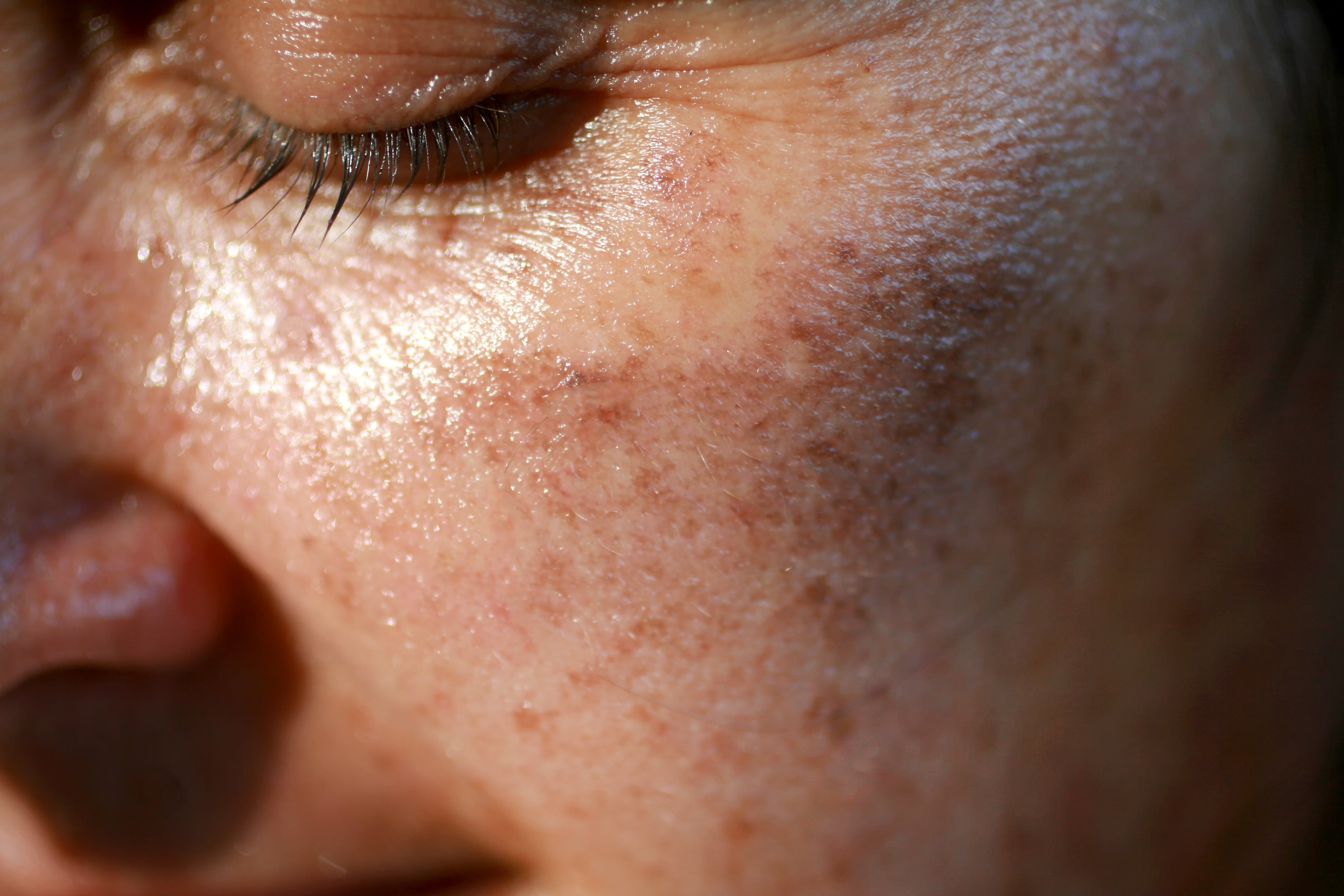
Are Sun spots dangerous or permanent?

Taking a refreshing dip in the ocean during the heart of summer, enjoying an outdoor picnic with friends, or embarking on a hike with that special someone who makes your heart flutter and your toes curl – these are all beautiful memories we cherish from sunny days gone by. Some of these memories are immortalized in photographs and videos, while others exist solely in the recesses of our minds. As the years pass, the cumulative effect of these experiences may manifest on our skin. This may prompt you to wonder: are these spots dangerous? Are they permanent?
Sun spots, commonly referred to as age spots or liver spots (although they have nothing to do with your liver), develop due to prolonged exposure to the sun throughout one's life. These flat, brown discolorations emerge on areas of the body that receive extensive sunlight, such as the arms, legs, backs of the hands, shoulders, chest, and face. As individuals experience increased sun exposure, these spots tend to enlarge, darken, and become more numerous over time. These spots should not be confused with melasma.
In this article we’ll be diving into what sun spots are, what causes them, how to prevent and treat them through a range of options, and the warning signs that indicate the sun spot may be dangerous.
What are sun spots and what causes them?
Sun spots manifest as flat, dark brown discolorations on the skin, akin to the size of a freckle. These spots commonly emerge on areas of the body exposed to the sun, with a higher prevalence observed in adults over 50. However, youngins who spend considerable time in the sun without adequate protection are also susceptible to developing sun spots.
The primary culprit behind the formation of sun spots is prolonged exposure to ultraviolet (UV) rays. UV exposure triggers an increase in the production of melanin, the skin's pigment, leading to the appearance of these flat brown spots. Unlike moles, sun spots do not protrude above the skin's surface; running a finger over a sun spot reveals a smooth texture.

What Parts of the Body are Prone to Sun spots?
Sun spots can emerge on skin that is consistently exposed to sunlight, with the most common areas being:
- Face
- Scalp
- Neck
- Hands
- Arms
Additionally, they may be found on the chest, back, legs, lips, and nose
Do sun spots go away?
While sun spots may fade with time, prolonged exposure to the sun can result in permanent damage, making complete disappearance unlikely. Topical treatments and dermatological procedures backed by scientific research can aid in reducing or lightening suns pots. To prevent sun spots, applying sunscreen daily is crucial. Incorporating SPF50+ into your daily skincare routine and using lip balm with SPF can help avoid sun spots on your lips.
How to treat sun spots
There are different remedies and skincare components you can incorporate into your regimen to address sun spots. Some topical treatments feature specific active ingredients, while alternative options include laser treatments and chemical peels.
Our supplementary suggestions:
Punto Suave’s Elysian Dermo-Regenerating Cream
Elysian Dermo-Regenerating Moisturizing Cream is a standout solution for addressing sun spots and an array of skin concerns. This best-selling natural cream offers a comprehensive approach, effectively fading wrinkles, freckles, sun spots, acne scars, and minimizing pores, leaving the skin with a more uniform tone. Suitable for all skin types, its specially crafted formula controls irritations, melasma, rosacea, and acne outbreaks. Enriched with natural ingredients such as Rose hip, Hydrolyzed Collagen, Vitamin E, Zinc Hyaluronate, and Placenta Protein (Stem Cells), Elysian Cream nourishes and revitalizes the skin. To maximize its benefits, apply abundantly in the morning and evening, covering the face, eyes, and neck. For enhanced results, consider complementing it with Elysian Renewing Soap for dark spots and Elysian Activated Charcoal Soap for oily and acne-prone skin.
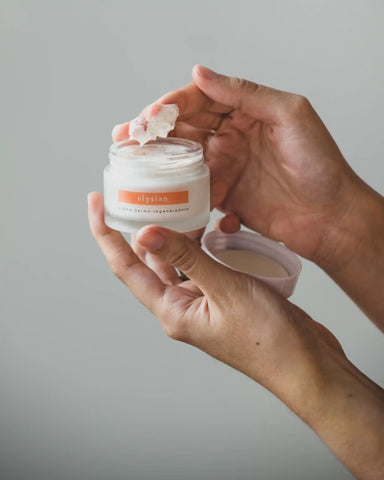
Vitamin C
Vitamin C possesses antioxidant properties that provide multiple sun-related benefits, offering protection against both UVA and UVB rays. Applying vitamin C topically proves effective in lightening various sun-induced dark spots. Despite the challenges in fading sun spots, Vitamin C emerges as a valuable ally. Its brightening effects work to diminish hyperpigmentation, age spots, and sun spots. Remedios del Bosque’s Vitamin C Serum contributes to resurfacing and smoothing the skin's texture, promoting a brighter appearance for sun spots. Featuring L-ascorbic acid, it’s proven to brighten dark spots while providing protection against environmental stresses.
Treatment options:
Intense Pulsed Light (IPL) Treatment
Intense pulsed light therapies operate by targeting melanin-producing cells, effectively eliminating them without causing damage to the skin's surface, thus eliminating sun spots. The transformative effects on the skin's appearance generally become noticeable after two to three sessions. To achieve optimal results, multiple sessions may be necessary, each requiring less than 30 minutes for completion.
Laser resurfacing
Laser skin resurfacing employs a device to deliver light beams into the skin layers, eliminating sun spots and facilitating the growth of new skin. By removing the top layer of damaged skin, the procedure targets sun-damaged cells and fades dark spots. The process also stimulates collagen production by heating layers beneath the skin's surface. With a healing period ranging from 10 to 21 days, laser resurfacing is a facial rejuvenation method that utilizes lasers to enhance skin appearance and address minor facial flaws.
Chemical Peels
Chemical peels entail the application of an acid solution to sun spots, prompting the gradual peeling of the skin to make way for the growth of new, smoother skin. While chemical peels may induce a temporary burning sensation lasting a few minutes and can be painful, the discomfort during the healing process can be alleviated with the use of pain medication and cold compresses.
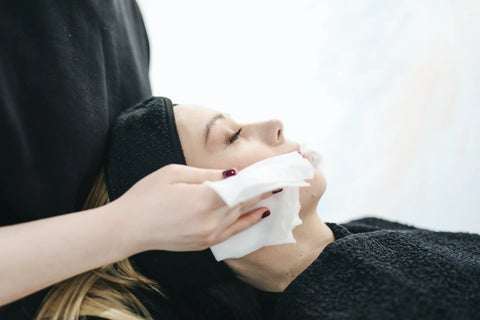
When should I worry about a sun spot?
While sun spots are generally harmless, it is crucial to remain vigilant as changes in their appearance, especially if they turn black, can indicate a potential risk of melanoma—a serious form of skin cancer. Sun spots serve as warnings that prolonged, unprotected sun exposure has occurred, elevating the risk of future skin cancer development. Regular skin cancer checks are recommended, especially for those living in regions with high sun exposure.
Identifying dangerous sun spots or signs of skin cancer may not be straightforward, requiring individuals to be familiar with their bodies and conduct regular self-checks. Look out for spots that differ from others on your body, have changed in size, color, or texture, or exhibit characteristics like itching, bleeding, or non-healing. It is crucial to inspect your entire body regularly, considering that skin cancers may develop in areas not routinely exposed to the sun. Using mirrors and seeking assistance from family or friends can aid in examining hard-to-see spots, including the scalp, between fingers and toes, and the soles of the feet. Regular self-awareness and thorough examination play a vital role in early detection and addressing potential risks associated with sun spots and skin cancer.
Dealing with Suspected Cancerous Sun Spots
If concerns arise about a possible cancerous sun spot, prompt consultation with a GP and dermatologist is crucial for early detection and preventive measures, minimizing health risks and the need for surgery. Dermatologists typically conduct visual inspections or skin biopsies to evaluate sun spot severity and may offer treatment by removing early-stage skin cancer growths.
While sun spots may not be the most aesthetically pleasing, they serve a vital purpose by indicating extensive sun exposure throughout your lifetime. The presence of sun spots signals a heightened risk of developing skin cancer, emphasizing the importance of sun protection and regular skin checks to ensure early detection and proactive management.
So even if sun spots appear harmless, they serve as a valuable reminder to schedule an annual skin and mole examination.
Conclusion
Sun spots, a visible result of prolonged sun exposure, although generally harmless, can indicate a potential risk of melanoma. Prevention and treatment, from using sunscreen to advanced dermatological options, are essential.


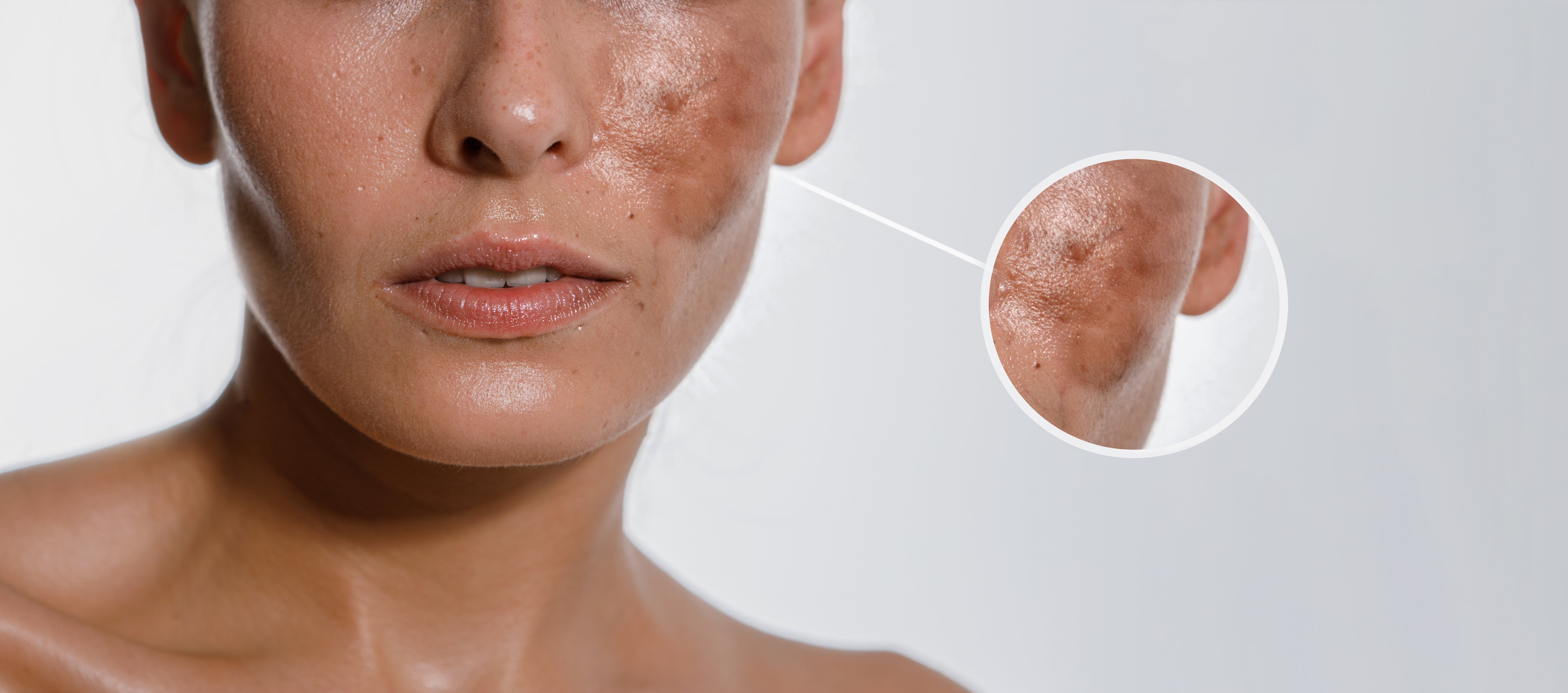
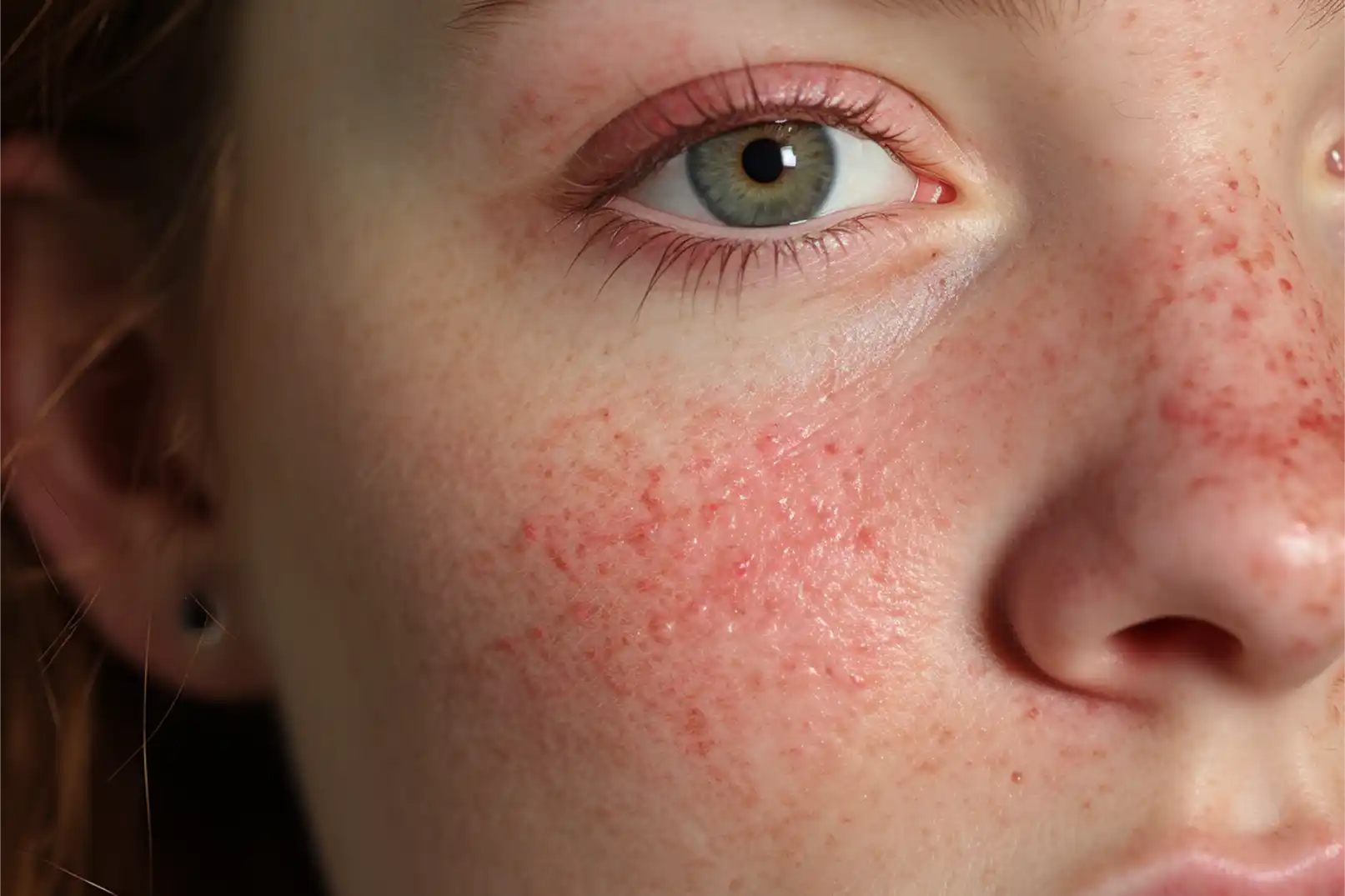
Leave a comment
This site is protected by hCaptcha and the hCaptcha Privacy Policy and Terms of Service apply.